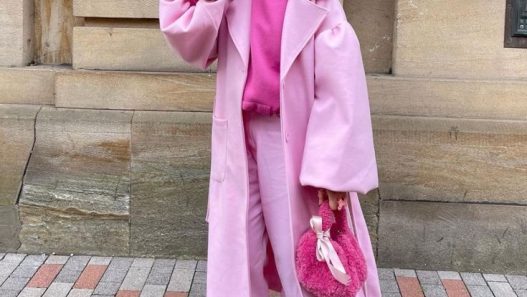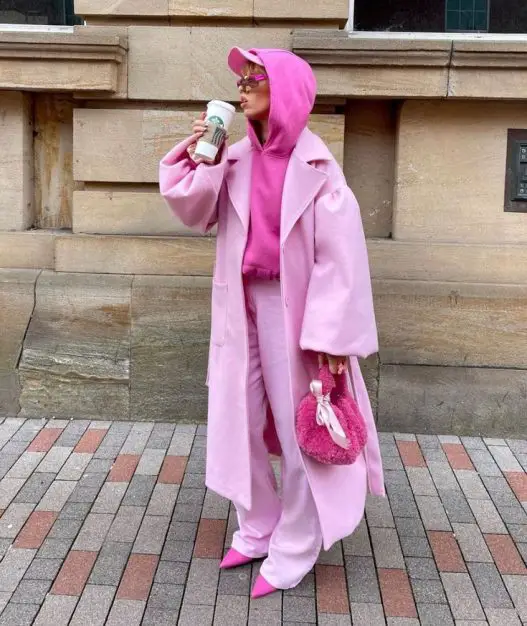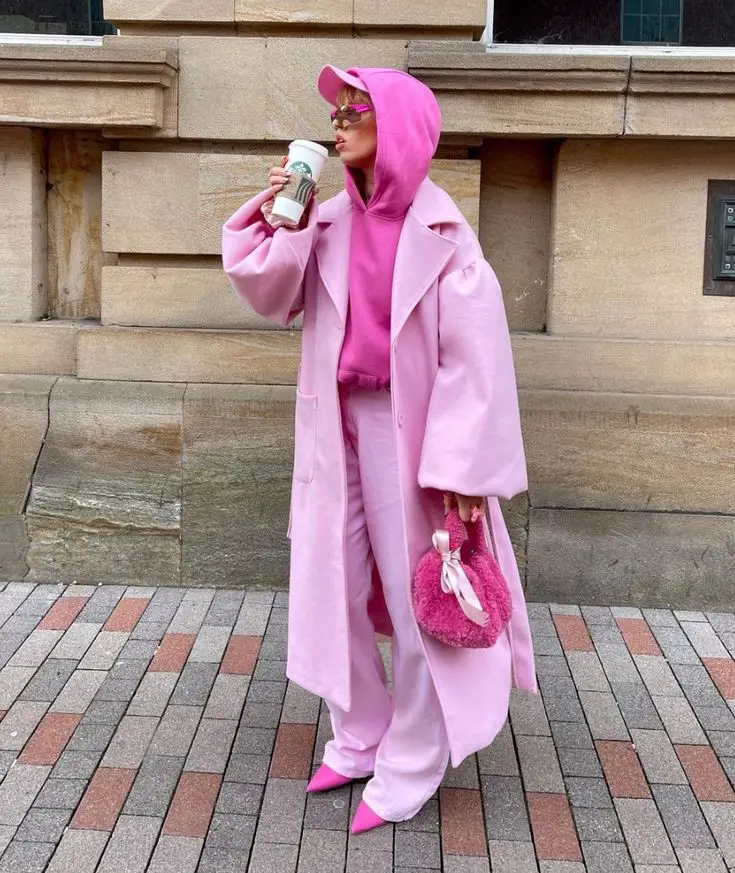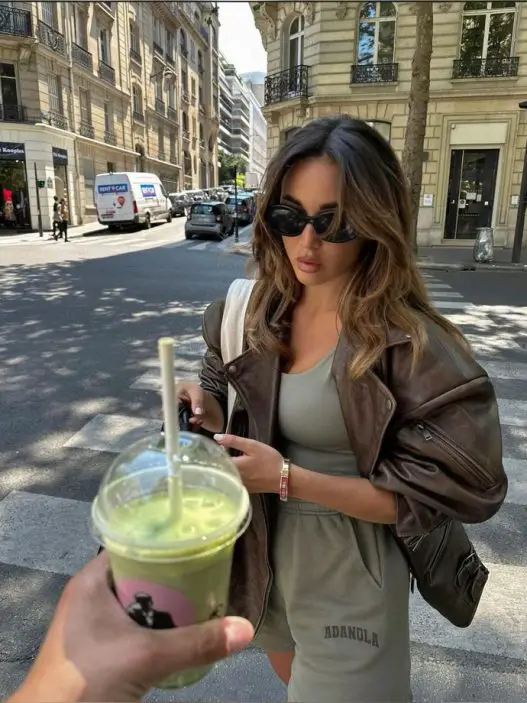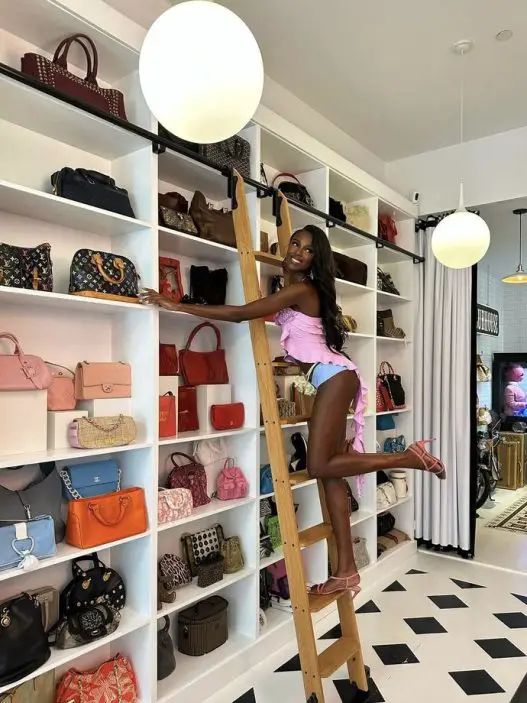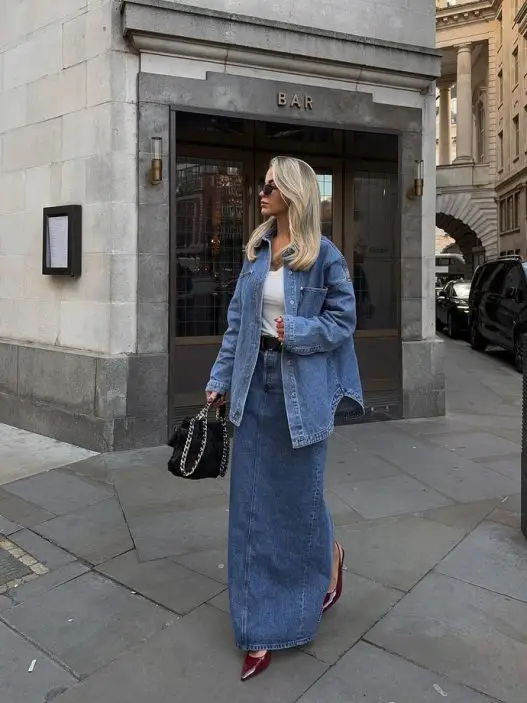Introduction
Monochrome outfits have long been a staple of timeless style, offering an elegant and streamlined look that exudes sophistication without effort. By choosing one color palette from head to toe, you create a harmonious, polished aesthetic that can be dressed up or down for any occasion. Whether you’re looking to elevate your work attire or add a chic touch to your casual look, monochrome outfits provide an easy yet impactful way to achieve refined elegance. Here’s how you can master the art of monochrome dressing and exude effortless sophistication.
1. Choose the Right Color for Your Skin Tone
When it comes to monochrome dressing, selecting the right color for your complexion is key. Some colors might complement your skin tone better than others, so it’s important to choose shades that make you feel confident and radiant.
- For fair skin: Soft pastels, light neutrals (like beige and ivory), and jewel tones (like emerald or sapphire) tend to look flattering.
- For medium skin: Earth tones such as terracotta, olive green, and warm shades of brown or red work beautifully.
- For dark skin: Bold, vibrant colors like royal blue, deep purples, or rich reds are stunning choices. White, black, and gold also create striking contrasts.
Experiment with different hues within your color family to find what suits you best, but keep in mind that the goal is harmony, not clashing tones.
2. Play with Textures and Fabrics
One of the secrets to elevating a monochrome outfit is mixing different textures and fabrics. This creates depth and visual interest while maintaining a cohesive, polished look.
- Layering textures like wool with silk or velvet with cotton can add richness to your outfit without disrupting the uniform color palette.
- Matte vs. shiny fabrics: Combine matte textures (like cotton and denim) with shiny elements (like satin or leather) for contrast.
- Knit and woven fabrics work well together when paired in the same color scheme, adding layers of sophistication.
The subtle interplay of textures will keep the look dynamic and prevent it from feeling flat or boring.
3. Add Statement Accessories
Accessories are a great way to add personality to a monochrome outfit. Even though the clothing itself is uniform in color, the right accessories can transform your look and elevate your style.
- Bags and shoes: Stick to accessories that are in the same color family. For example, pairing a sleek black leather bag with a tailored black dress can look ultra-chic.
- Jewelry: Metallics, like gold or silver, can provide contrast and shine without overwhelming the outfit. For a more minimalist approach, opt for subtle pieces like a delicate bracelet or classic hoop earrings.
- Scarves and hats: A well-chosen scarf, beret, or hat can add an extra touch of elegance to a monochrome ensemble while maintaining the overall tonal harmony.
4. Experiment with Shades and Tones
Monochrome dressing doesn’t mean you need to stick to one exact shade of a color. You can experiment with different variations of the same color to add depth and intrigue to your outfit.
- Lighter and darker shades: Try combining a lighter shade of the color (like pale pink) with a darker version (like deep rose) for a sophisticated, layered look.
- Saturated tones: Mixing colors within the same hue family, such as deep navy with sky blue or olive green with khaki, allows for a rich, harmonious effect.
- Color blocking: Within the monochrome theme, you can also create a “color-blocking” effect by pairing two or more solid blocks of the same hue but at different intensities.
These techniques will allow you to achieve a multi-dimensional monochrome look while still adhering to the basic rule of keeping your palette cohesive.
5. Keep It Simple with Clean Silhouettes
Monochrome outfits shine when they are clean and uncluttered. Opt for minimalist silhouettes that allow the color to take center stage. Avoid overly busy patterns or excessive layering, as they can detract from the elegance of a streamlined monochrome look.
- Tailored fits: Structured blazers, fitted trousers, and pencil skirts enhance the sophisticated nature of a monochrome outfit.
- Flowing pieces: Maxi dresses, wide-leg pants, and oversized blouses in a single color create a relaxed yet elegant vibe, perfect for casual outings or evening events.
Balance simplicity with elegance by choosing well-cut pieces that complement your shape without feeling too tight or too loose.
6. Play with Proportions
To keep your monochrome look interesting and fashion-forward, experiment with different proportions. Pairing oversized pieces with fitted items or long flowing garments with shorter accessories will create a sense of balance and intrigue.
- Oversized outerwear: A large, chic coat in a neutral color can be paired with a more fitted dress or trousers underneath, adding both style and warmth.
- Tailored trousers with a loose top: Pairing a loose blouse or sweater with tailored pants or a pencil skirt adds balance to your look while still maintaining the monochromatic theme.
These contrasting proportions keep the outfit visually engaging while still adhering to a consistent color palette.
7. Monochrome for Different Occasions
Monochrome outfits can be dressed up or down depending on the occasion. Here’s how to adapt the monochrome look for various settings:
- Casual Daywear: For a laid-back look, pair a monochrome sweater with skinny jeans or a simple t-shirt with chinos. Accessorize with sneakers or flats in the same color family.
- Office Wear: Choose a tailored monochrome blazer and trousers, then add a silk blouse for a touch of elegance. Neutral pumps and a structured handbag will complete the look.
- Evening Wear: For a sophisticated evening look, opt for a floor-length dress or sleek jumpsuit in a solid color, adding metallic jewelry or a bold clutch for contrast.
No matter the event, monochrome outfits offer a versatile and elegant option that ensures you always look put-together.
Conclusion
Mastering the art of monochrome dressing is an easy way to elevate your style and create a cohesive, elegant look. By focusing on textures, layering different shades of the same color, and accessorizing strategically, you can achieve a sophisticated and effortless appearance that works for any occasion. Whether you’re dressing for the office, a casual weekend, or a formal event, monochrome outfits allow you to exude confidence and grace—an instant style upgrade without much effort.







